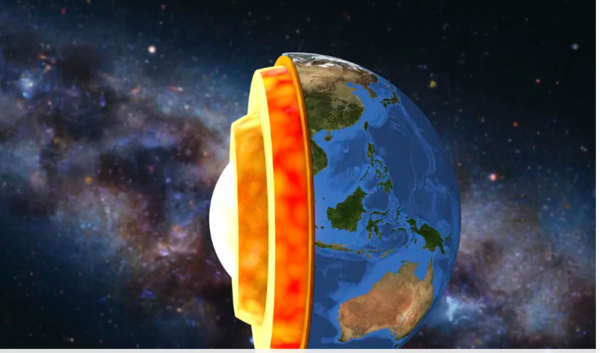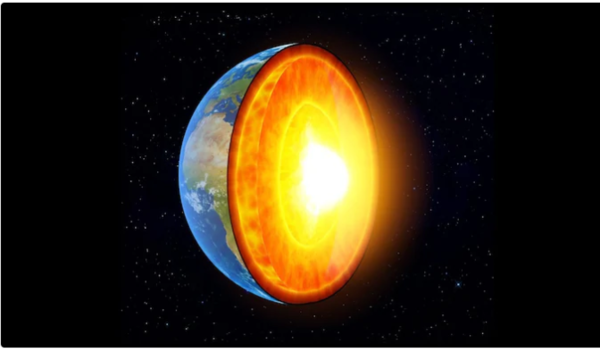Trending
Will life on Earth come to an end anytime soon? The planet's inner core is slowing down and can affect its magnetic field
By analyzing seismic waves from earthquakes from the 1960s, researchers from Peking University deduced that the Earth's inner core has experienced a bit of fluctuations in its movement over time. Amongst these, a major change was observed around 2009, which kind of negates earlier theories insinuating that the inner core consistently rotates faster than the Earth's surface
We all know that the Earth is in constant motion - it is something we learnt in school, and while we might not feel it at all, our planet is constantly moving, completing one rotation around the sun in 365 days, or one year. However, do you also know that simultaneously, the Earth is also going through many changes, the study of which is both fascinating and intriguing?

According to a recent study, the Earth's inner core, that is a solid ball of iron and nickel, is slowing down in relation to the planet's surface. The same was confirmed by USC scientists, and is understood to be a major finding that resolves a long-standing debate about the movement of the innermost layer of our planet.
In layman language, the inner core is a solid sphere made up of primarily iron and nickel, surrounded by the liquid iron-nickel outer core. Approximately the size of the moon, it is located over 3,000 miles beneath the Earth's surface. However, since it is so far away, and practically inaccessible, it cannot be directly observed. Hence, scientists rely on seismic waves generated by earthquakes, to create images of the inner core's dynamics.
What did researchers do?
By analyzing seismic waves from earthquakes from the 1960s, researchers from Peking University deduced that the Earth's inner core has experienced a bit of fluctuations in its movement over time. Amongst these, a major change was observed around 2009, which kind of negates earlier theories insinuating that the inner core consistently rotates faster than the Earth's surface.
Complex pattern
However, these findings reveal a much more complex motion, wherein the earth's inner core is oscillating, and even reversing, as part of a multidecadal cycle. This discovery highlights the dynamic and somewhat unpredictable nature of the Earth's core, which then leads to a more pronounced understanding of its interactions with the mantle and surface processes.

While the Earth's subtle movements make little to no difference to our daily life, they do influence Earth's magnetic field - that in turn protects us from solar radiation and guides navigation systems.
The North Magnetic Pole
On the other hand, the North Magnetic Pole has experienced a massive shift in the last few years or so, fastening its movement from Canada toward Siberia. This phenomenon is believed to be influenced by changes in the Earth's core dynamics. Although the complete impact of these changes remains sketchy as of now, research is on to gauge complex and dynamic interplay between Earth's deep interior and its surface. Such a study is extremely crucial in understanding the Earth's magnetic field and its effects on global navigation systems.
End of Article
FOLLOW US ON SOCIAL MEDIA
Visual Stories
Tired of too many ads?go ad free now










